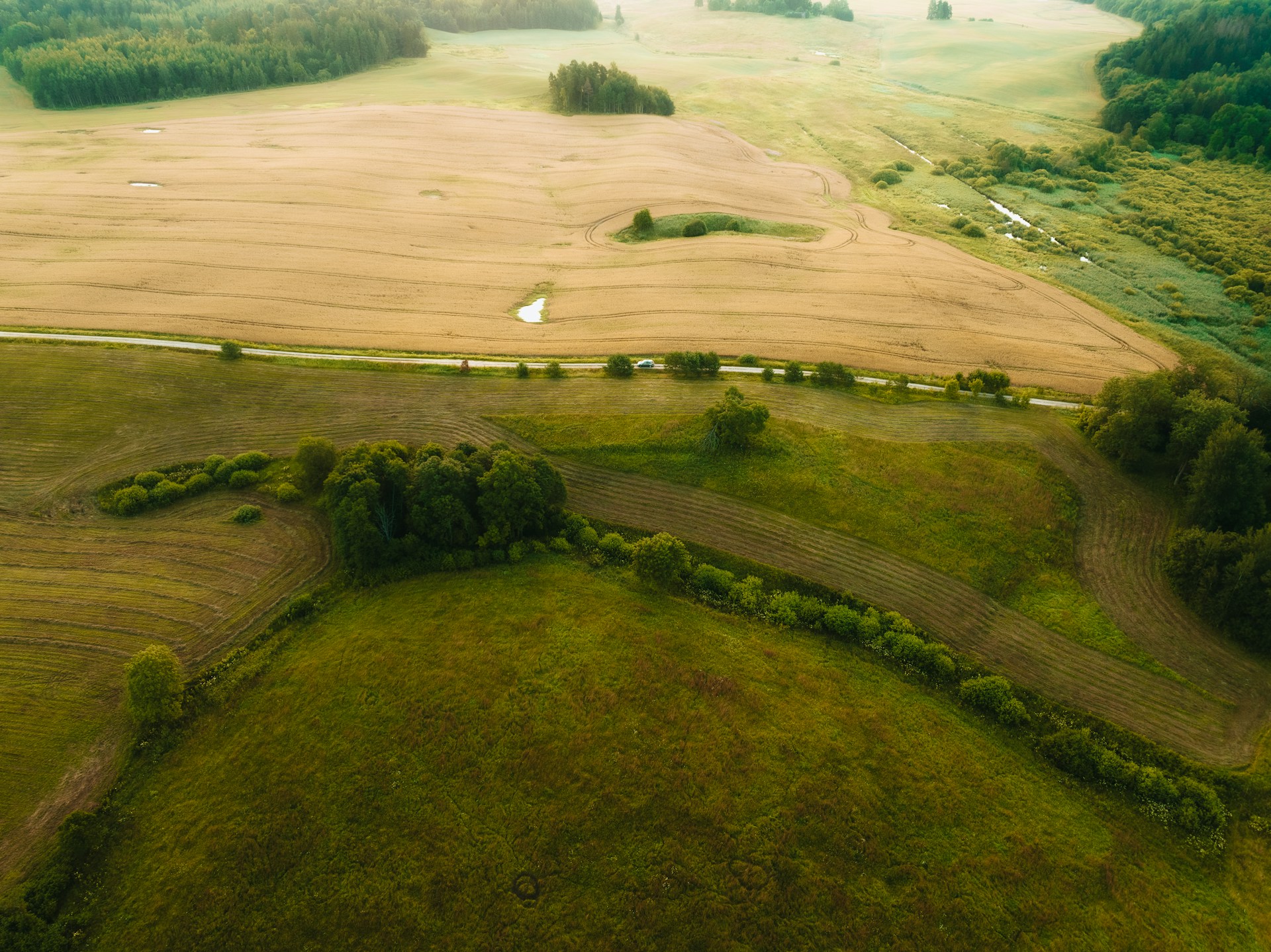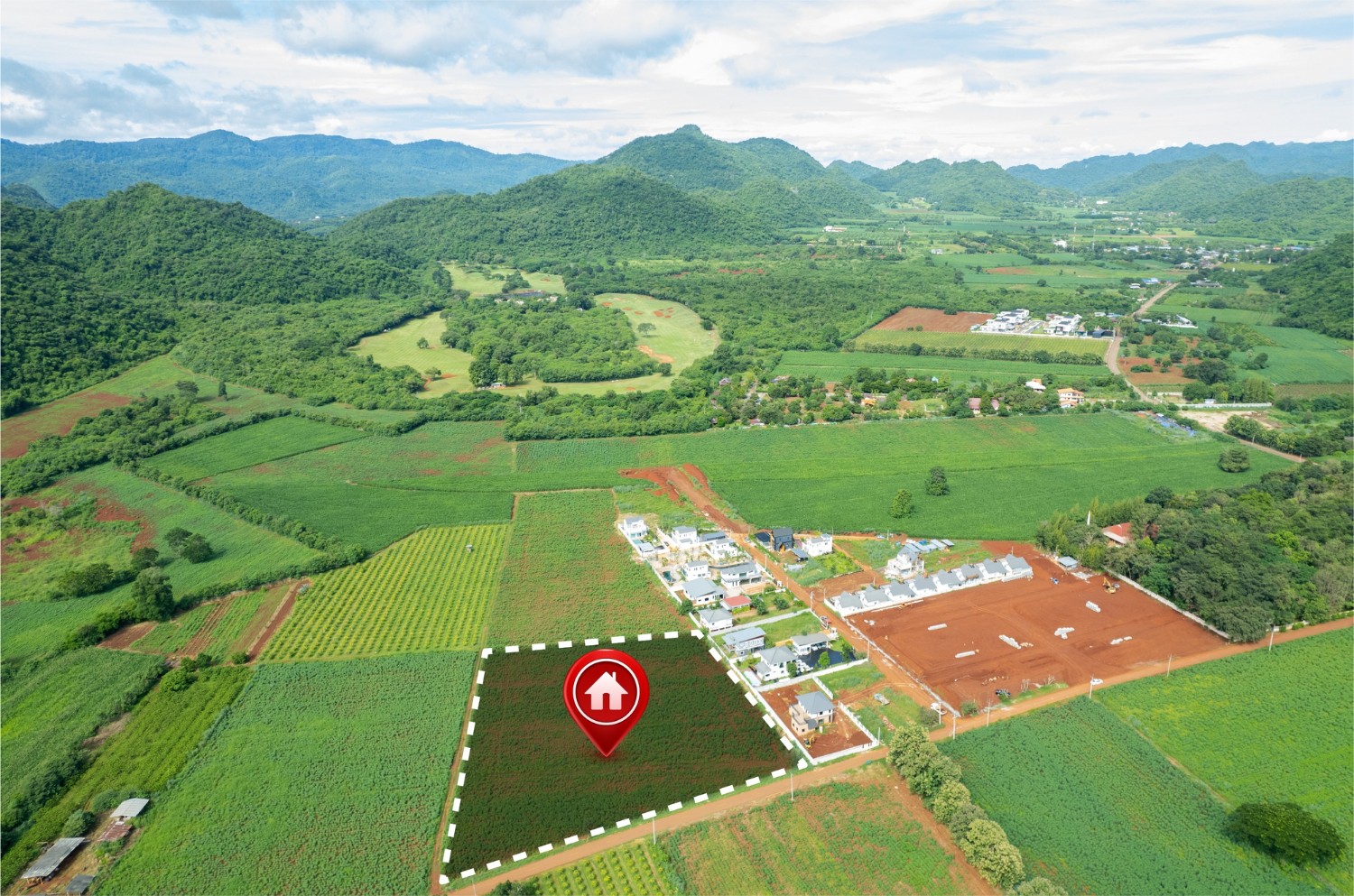Selling undeveloped land can be a daunting task, especially when considering the multiple factors that potential buyers may be evaluating before deciding to purchase. By carefully preparing your land for sale, you can maximize its appeal, increase its value, and enhance the likelihood of attracting the right buyer for your property. In this comprehensive guide, we will examine the essential steps and strategies for preparing your undeveloped land for sale, ensuring that you present your property in the best possible light.
From clearing the land and addressing access issues to conducting environmental assessments and outlining potential development opportunities, we’ll offer practical tips to make your land more marketable to prospective buyers. Moreover, we will discuss the benefits of working with experienced land professionals, such as the team at 7Land Corp, who can provide invaluable guidance and support throughout the process.
Our ultimate goal is to empower you, as a landowner, with the knowledge and tools to strategically prep your undeveloped land for sale, ensuring that you’re well-equipped to navigate the complex land sales process. By following the expert advice outlined in this guide, you can confidently bring your property to market, maximize its potential, and ultimately achieve a successful sale with the support of the 7Land Corp team.
1. Clear and Maintain the Land
Presenting a well-maintained and visually appealing property is key to attracting potential buyers. Follow these steps to ensure your land is ready for viewing:
- Clear debris and overgrowth: Remove fallen branches, trash, or other debris that may be present on your property. Trim back overgrown vegetation to improve the appearance and accessibility of your land.
- Establish property boundaries: Clearly mark your property corners and boundaries to provide buyers with a clear sense of the land’s dimensions and layout.
- Maintain a regular mowing schedule: Keeping your grass trimmed and neat will give your property a more polished look, reflecting well on its overall potential.
2. Address Access and Utility Concerns
Potential buyers will likely be interested in the accessibility and utility availability of your undeveloped land:
- Establish a clear path of access: Ensure that your land has a well-defined entrance and access point that is easy to navigate. If necessary, construct a basic driveway or obtain an easement to solidify access rights.
- Investigate utility availability: Research the availability of electricity, water, sewer, and other essential utilities in the area. Be prepared to share this information with prospective buyers who may be interested in developing the land further.
- Explore potential for alternative resources: For remote or off-grid properties, consider the feasibility of solar power, water wells, or septic systems as possible alternatives for buyers looking to develop the land.
3. Conduct Environmental Assessments and Due Diligence
A thorough understanding of your land’s environmental and regulatory aspects will help potential buyers make informed decisions:
- Identify potential environmental concerns: Hire a professional to assess your land for potential environmental concerns, such as soil contamination, wetlands, or protected wildlife habitats. Disclose any findings to prospective buyers to avoid potential obstacles in the land sale process.
- Investigate zoning regulations: Familiarize yourself with local zoning laws and restrictions that may apply to your property and share this information with potential buyers.
- Provide a survey and topographical map: Offering a recent survey and topographical map of your land can provide valuable information for buyers interested in understanding the lay of the land and any potential development opportunities.
4. Outline Potential Development Opportunities
Highlighting the potential uses and development opportunities for your undeveloped land can broaden its appeal to prospective buyers:
- Research local market demand: Analyze the local real estate market to identify in-demand property types and land uses. This information can be helpful in marketing your land to the right audience.
- Provide conceptual development plans: Collaborate with architects, contractors, or land planners to create conceptual development plans illustrating the potential uses for your land. These plans can help buyers visualize the possibilities for the property and spark interest.
- Obtain pre-approvals for development: If feasible, seek pre-approval from local authorities for potential development projects. This step can be a significant selling point, offering buyers confidence in their investment and a faster route to commencing development.
Maximizing the Potential of Your Undeveloped Land for Sale
Thoroughly preparing your undeveloped land for sale can make all the difference in attracting the ideal buyer and achieving a successful transaction. By following the expert advice outlined in this guide, you can strategically address the key factors buyers consider, maximizing your property’s potential and paving the way for a seamless sale process.
Lean on the knowledgeable professionals at 7Land Corp to guide you every step of the way, streamlining the land sales journey and ensuring you’re well-equipped to navigate the complexities of selling undeveloped land. With our support, you can confidently bring your property to market and achieve a rewarding outcome for all parties involved.




